Upper course of the Oglio river
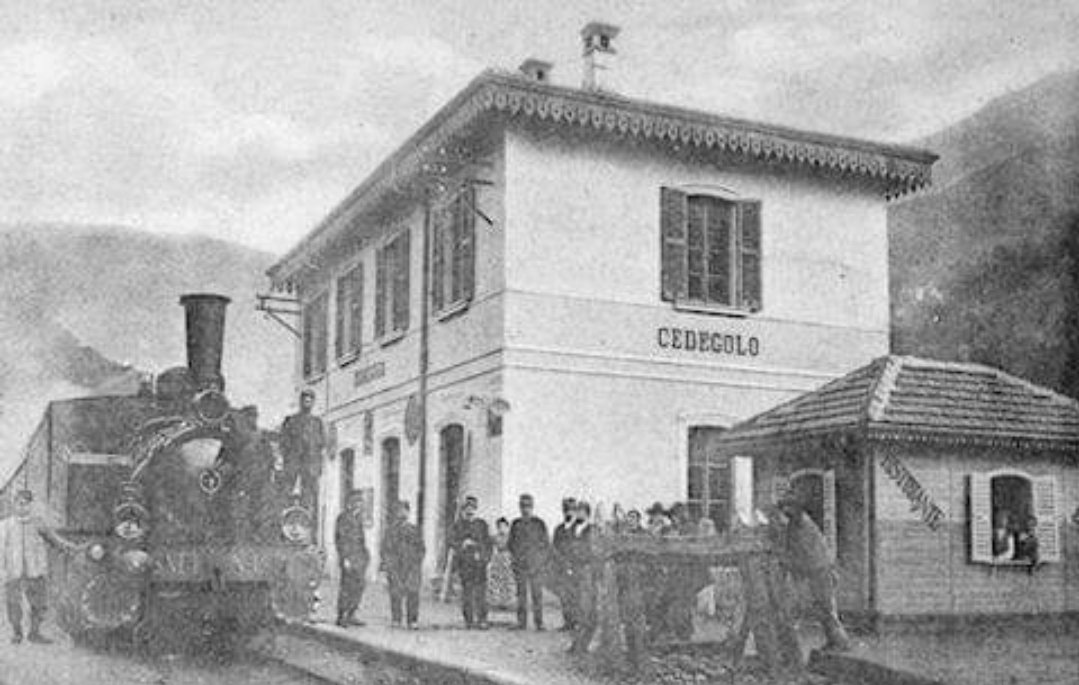
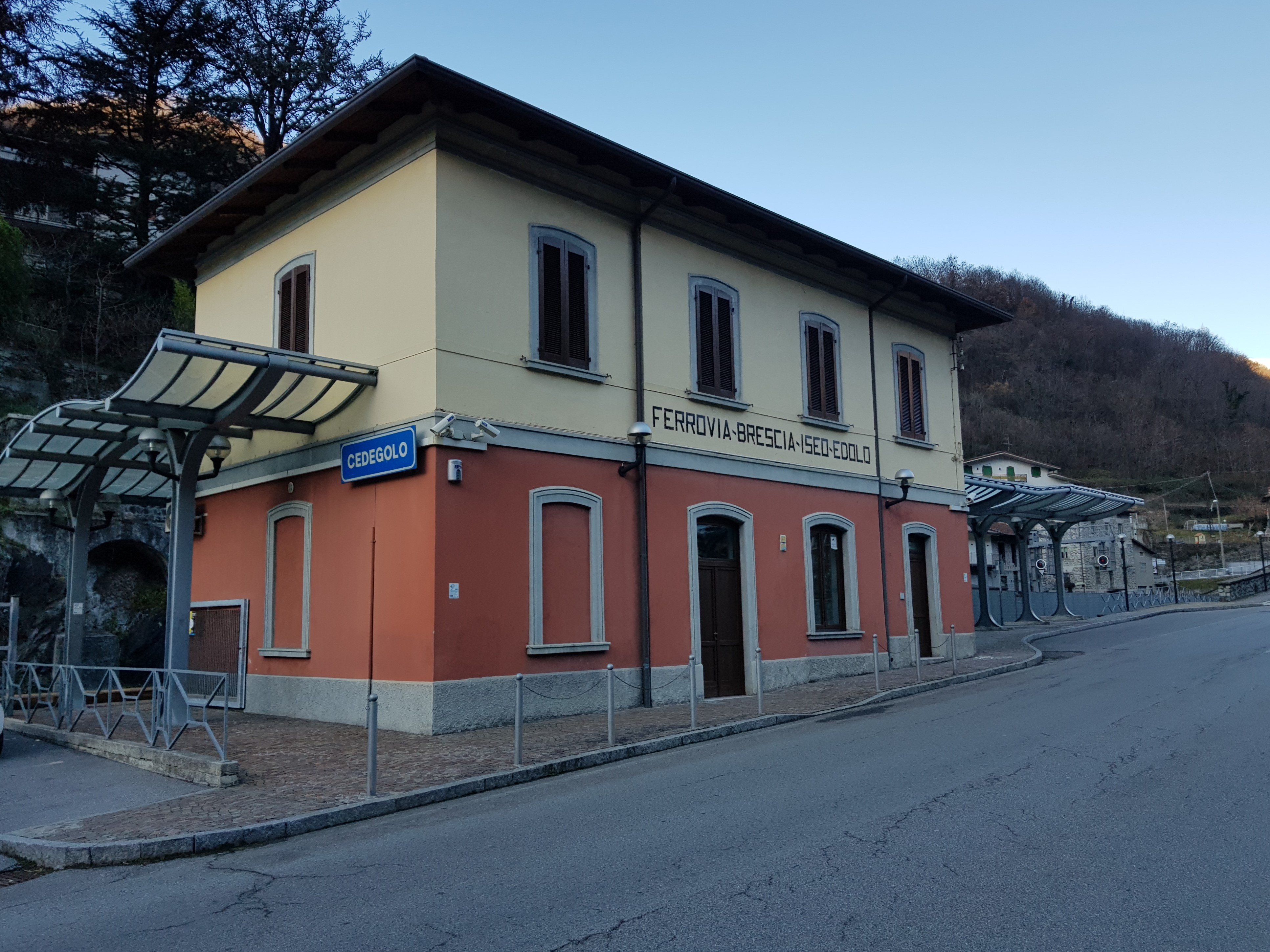
Capo di Ponte is considered to be the end of the lower valley because leaving its station, after crossing the Oglio river on the imposing brick bridge that unfortunately replaced the old one for the passage of goods and people, the line begins to climb rather steeply and the crisp air of the approaching mountain becomes more evident. Today, this section of railway enjoys considerable fame due to its proximity to the Valcamonica rock drawings, the first UNESCO World Heritage Site in Italy and therefore an essential stop on the journey. First Sellero and then Cedegolo with its power station make up this small picture, which still today offers a wonderful experience when travelled by train.
Gallery

Staff posing at Cedegolo, with café-restaurant 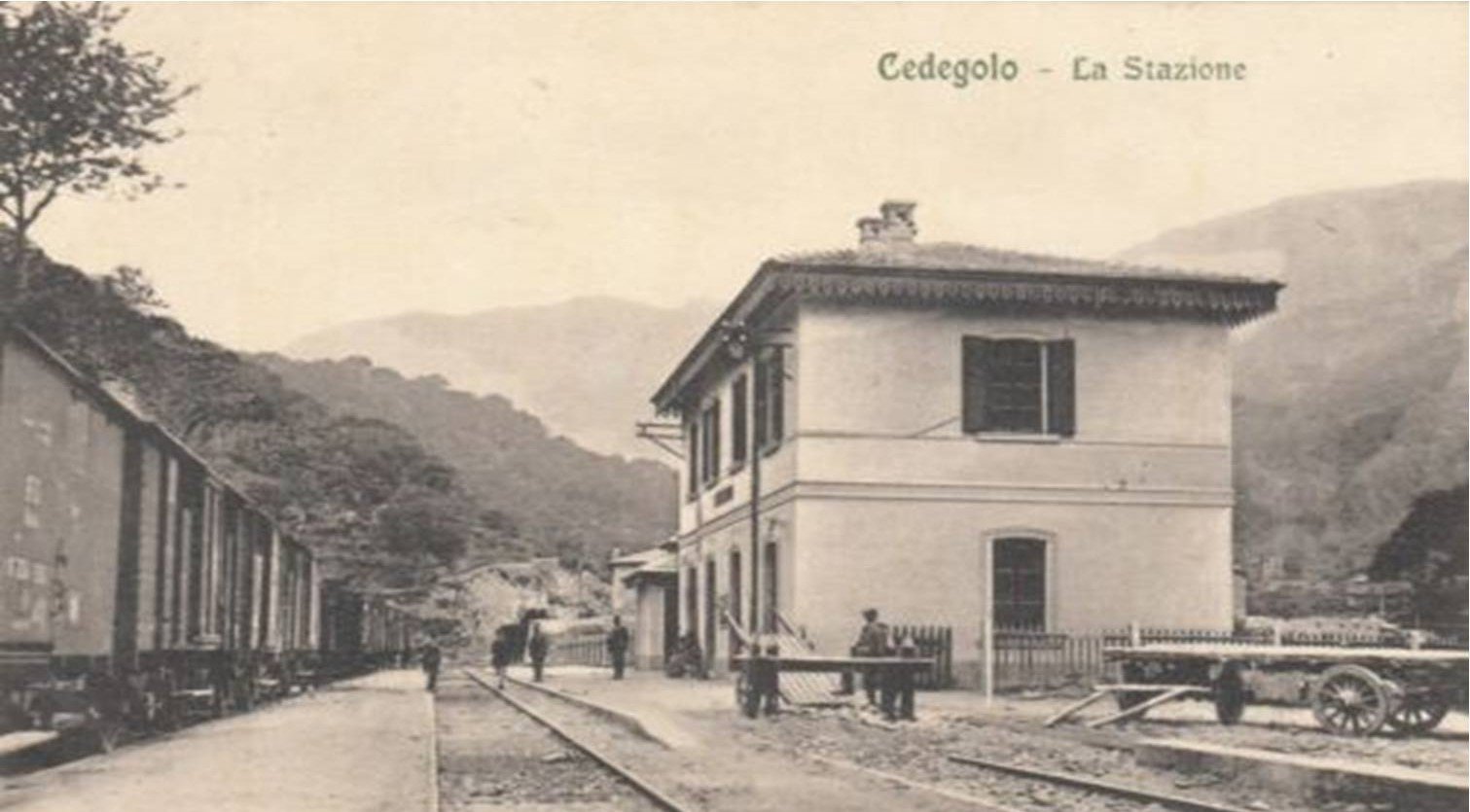
Works and freight wagons at Cedegolo 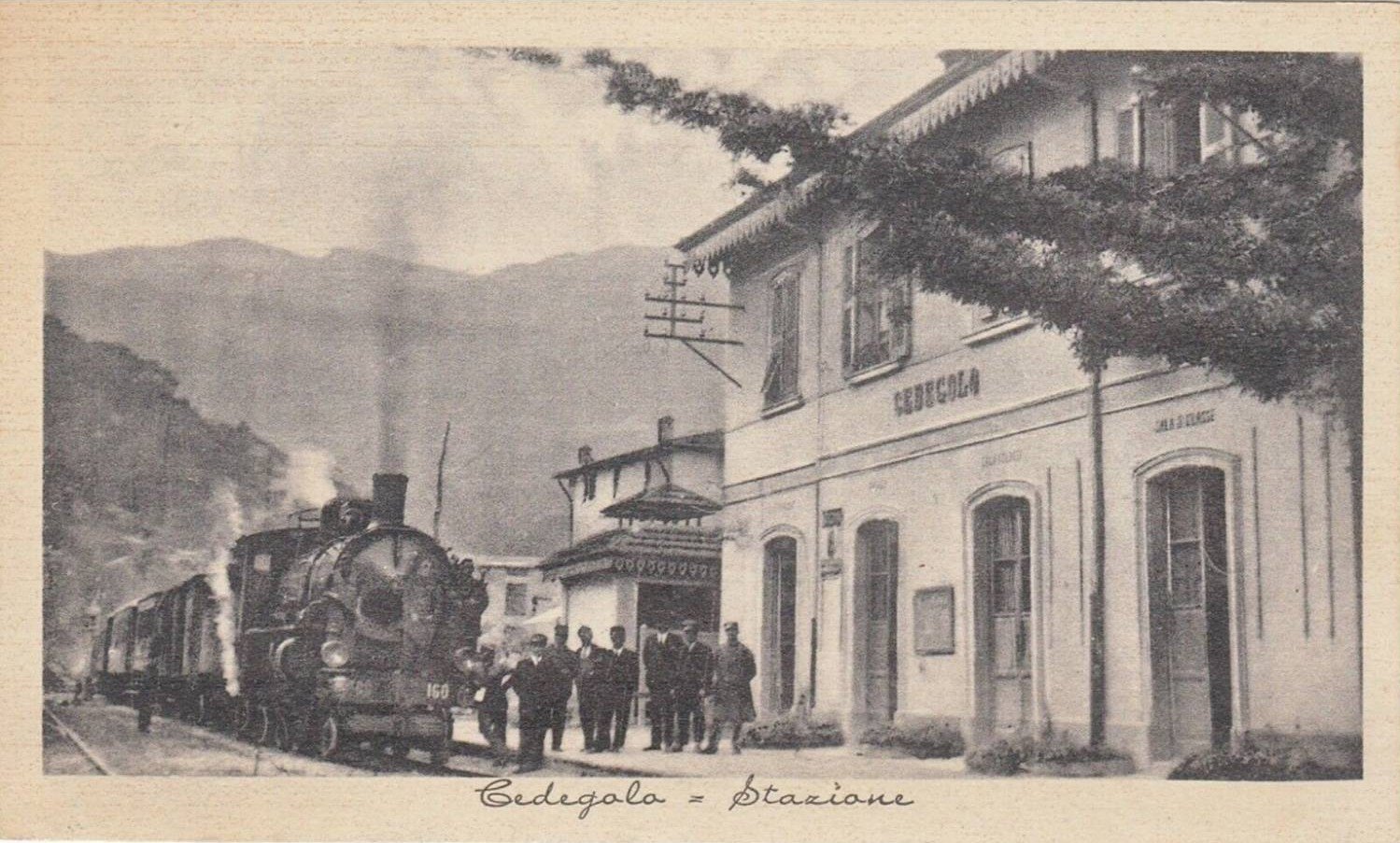
Period postcard of Cedegolo station 
View of Cedegolo with the Oglio river 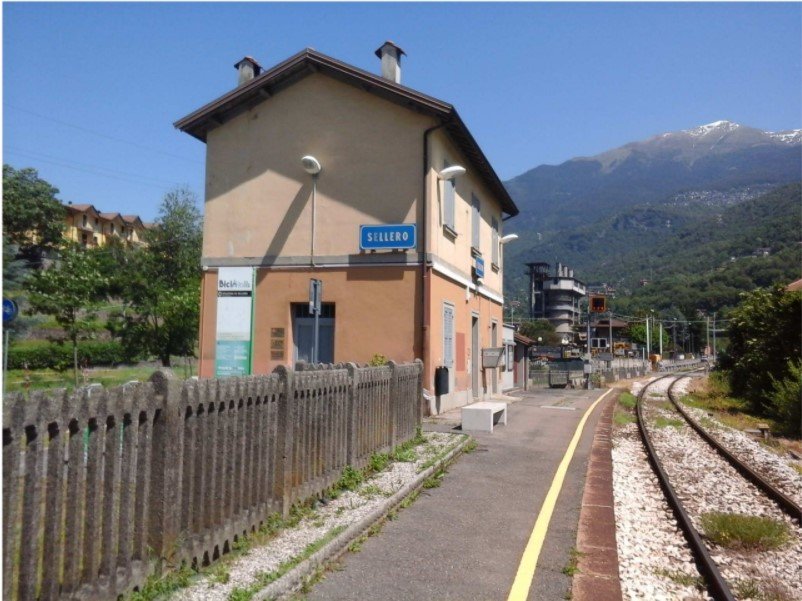
Sellero and the slopes of Mount Adamello 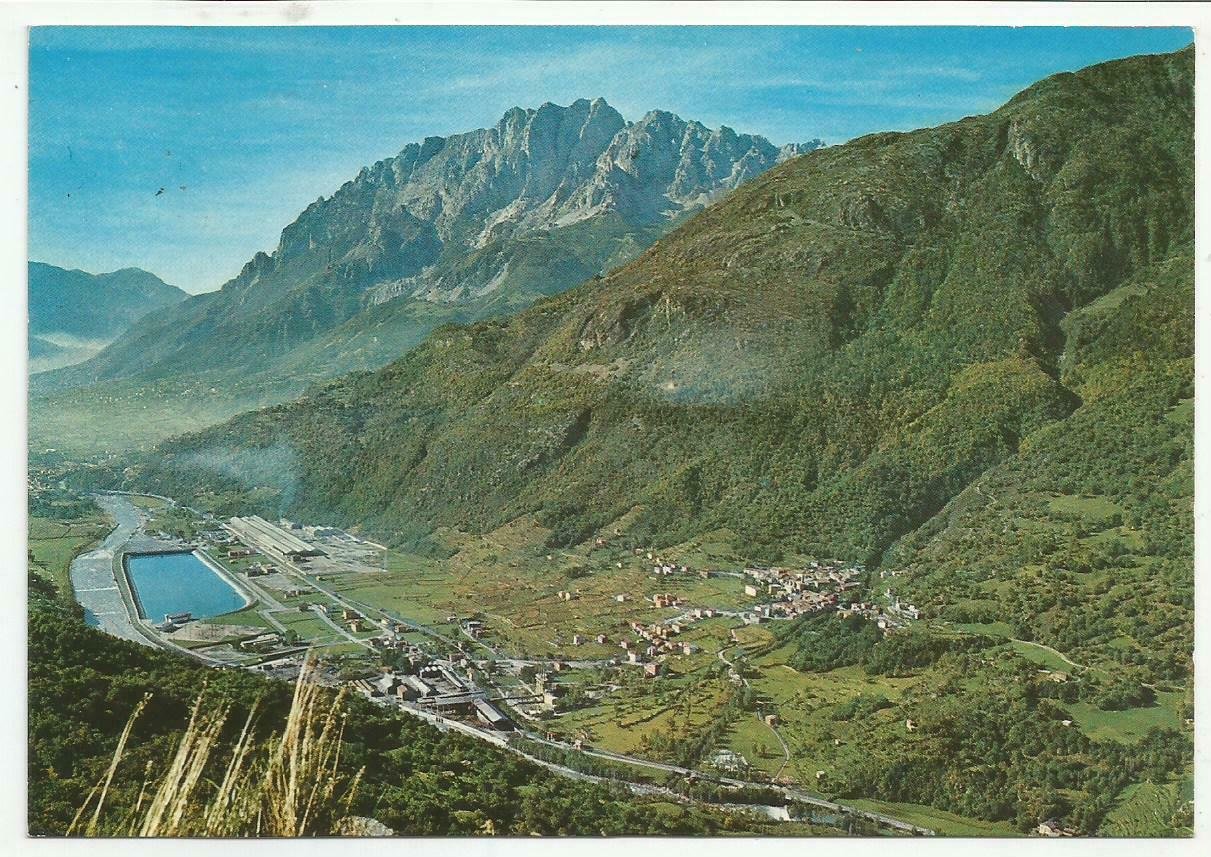
View of Sellero with Concarena mountain in the background 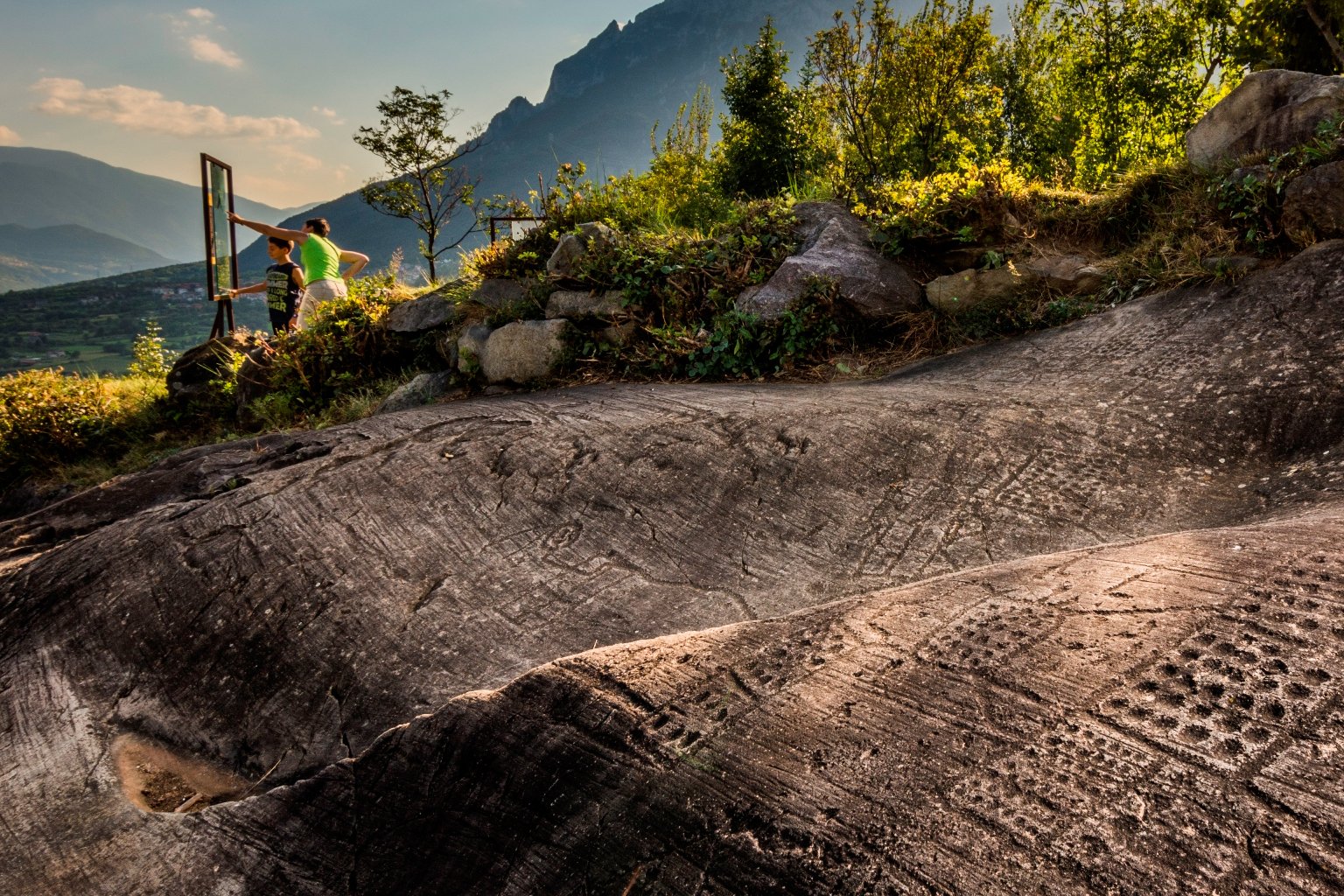
A trip to... Parco Nazionale delle Incisioni Rupestri. The Parco Nazionale delle Incisioni Rupestri, the first archaeological park in Italy, was established in 1955 to protect and promote one of the most important collections of prehistoric and protohistoric rock engravings in the Val Camonica. It covers an area of 143,935 m2 in Naquane, on the left hydrographic side of the Val Camonica, at between 400 and 600 m above sea level. It contains 104 sandstone rocks, smoothed by glaciers, and engraved with some of the most famous depictions in art. 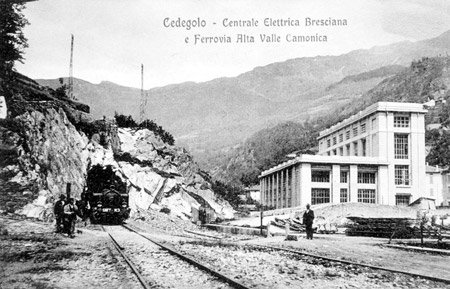
A trip to...Museo dell’Energia Idroelettrica in Cedegolo. Going back up the Val Camonica, past Capo di Ponte, the two slopes begin to narrow, enclosing the valley floor and signalling the approach to Cedegolo, the historical heart of 20th-century hydroelectric industrialisation. At the entrance to the town, the great monumental mass of the Centrale SEB (Società Elettrica Bresciana) appears, sandwiched between the Tonale state road, the railway and the Oglio river. This impressive building was built to a design by Egidio Dabbeni from Brescia, and is one of the first hydroelectric power stations built in the Val Camonica, a pioneering example for Italy in the rationalist-functional style. Just outside the station at Cedegolo, a scene straight out of a period postcard reveals itself: the newly opened Brescia-Edolo railway line drilling through the towering rock, the Oglio river, which has carved a picturesque gorge, crossed by the historic Venetian Ponte della Noce bridge, and finally, the cold and geometric bulk of the Hydroelectric Plant. The Centrale di Cedegolo, home to the museum, was built between 1909 and 1910 by the Società Elettrica Bresciana, in order to exploit the flow of water originating in Malonno on the right-hand side of the Oglio river; it passed to Enel upon nationalisation. It was active from 1910 to 1962, when for technical reasons it ceased production and was used as a storage warehouse for the valley’s hydroelectric system. The entrance forecourt echoes the museum’s main theme: water. It flows over a large sloping surface which imitates the side of a mountain, marking out the forecourt in front of the entrance. A panoramic terrace affords a view over the Oglio river, linking the water of the installation with its natural setting. The display is designed as a multi-sensory interactive experience, where you can listen, watch, touch and explore, in order to learn and understand, as well as be amazed and excited.